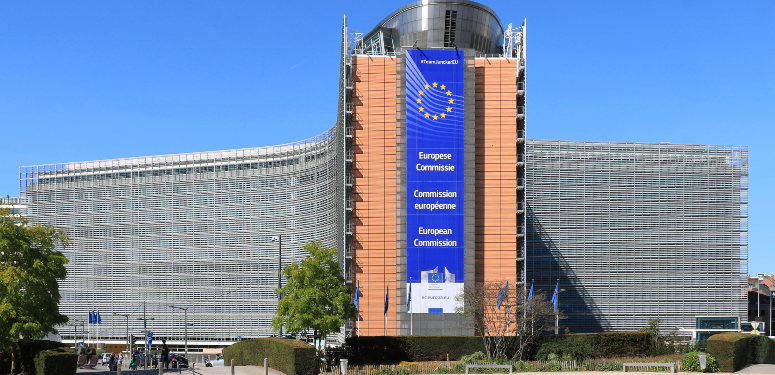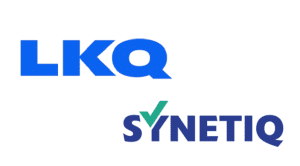Brussels, Belgium — The European Commission put forth a proposal last week that seeks to amend the EU’s regulations on end-of-life vehicles (ELVs) for the purpose of enhancing “the circularity of the automotive sector.”
This proposal, put forward last Thursday, is purported to generate about €1.8 billion net revenue by 2035, in addition to eliminating 12.3 million tons of CO2 emissions over the same period.
Many governments, automakers and manufacturers around the world have announced efforts to close their production loops over recent years, both for the purpose of savings in energy costs, but also to increase the rate of recovery for critical raw materials that may otherwise be difficult to source.
The European Commission’s proposal comes bearing the following conditions:
- ‘Design circular’: Enhancing circularity in the design and production of vehicles will help to ensure these can be easily dismantled. Car makers will need to provide clear, detailed instructions for dismantlers on how to replace and remove parts and components during use and end-of-life stage of a vehicle.
- ‘Use recycled content’: 25 percent of the plastic used to build a new vehicle will be required to come from recycling, of which 25 percent must be recycled from end-of-life vehicles.
- ‘Treat Better’: The measures will lead to recovering more and better-quality raw materials, including critical raw materials, plastics, steel and aluminium. 30 percent of plastics from end-of-life vehicles should be recycled. Additional measures will support the market for reuse, remanufacturing and refurbishment of parts and components of a vehicle. Member States are encouraged to provide incentives to garages and repair shops to support the sale of spare parts.
- ‘Improve governance’: The new rules will reinforce producer responsibility by establishing national Extended Producer Responsibility schemes under uniform requirements. These schemes will aim to provide proper financing for mandatory waste treatment operations, incentivise recyclers in improving quality of recycled materials from end-of-life vehicles, thus fostering enhanced cooperation between treatment operators and manufacturers.
- ‘Collect more and smarter’: To put a stop to vehicles disappearing, the proposal foresees better enforcement of the current rules and increases transparency. This means more inspections, digital tracking of end-of-life vehicles across the EU, better separation of old cars from end-of-life cars, more fines for infringements, and a ban on exporting used vehicles that are not roadworthy.
- ‘Cover more vehicles’: The scope of these measures will be gradually expanded to include new categories such as motorcycles, lorries, and buses, ensuring a more comprehensive coverage.
Experts from Canada’s auto recycling industry suggest that, while regulations like this may not arrive at our borders directly, they will likely influence OEMs, governments and NGOs going forward.


























